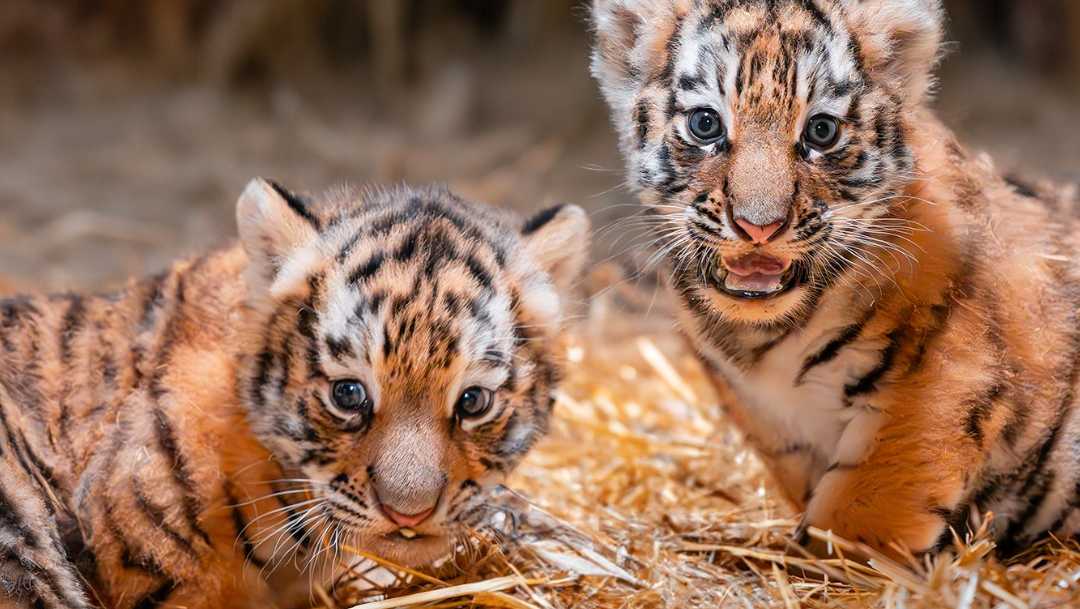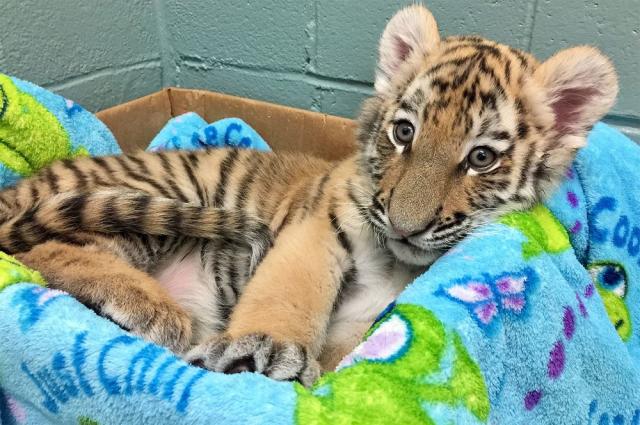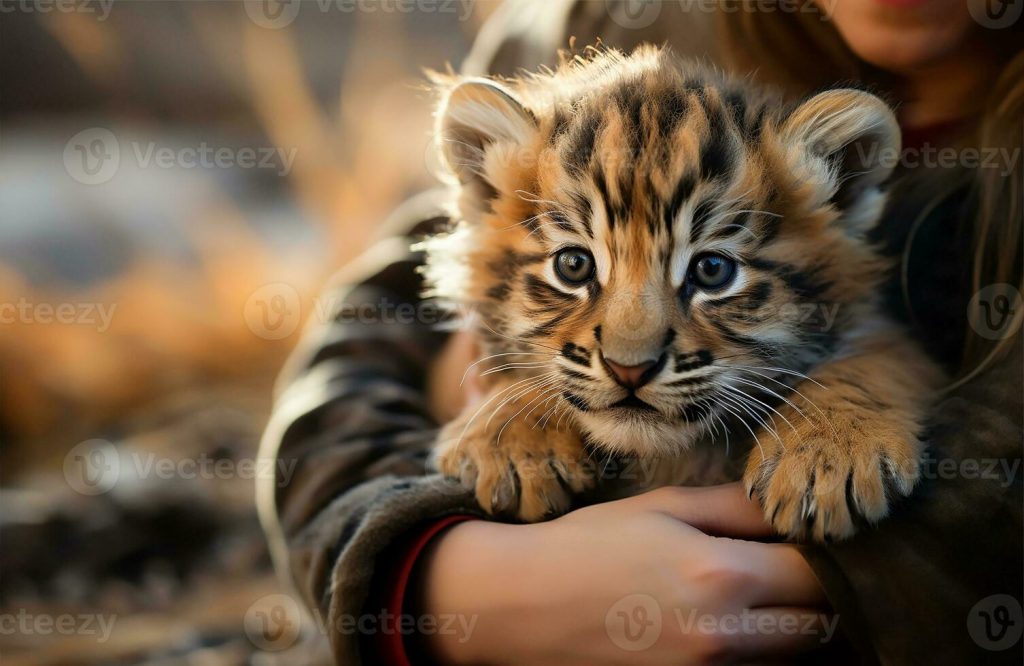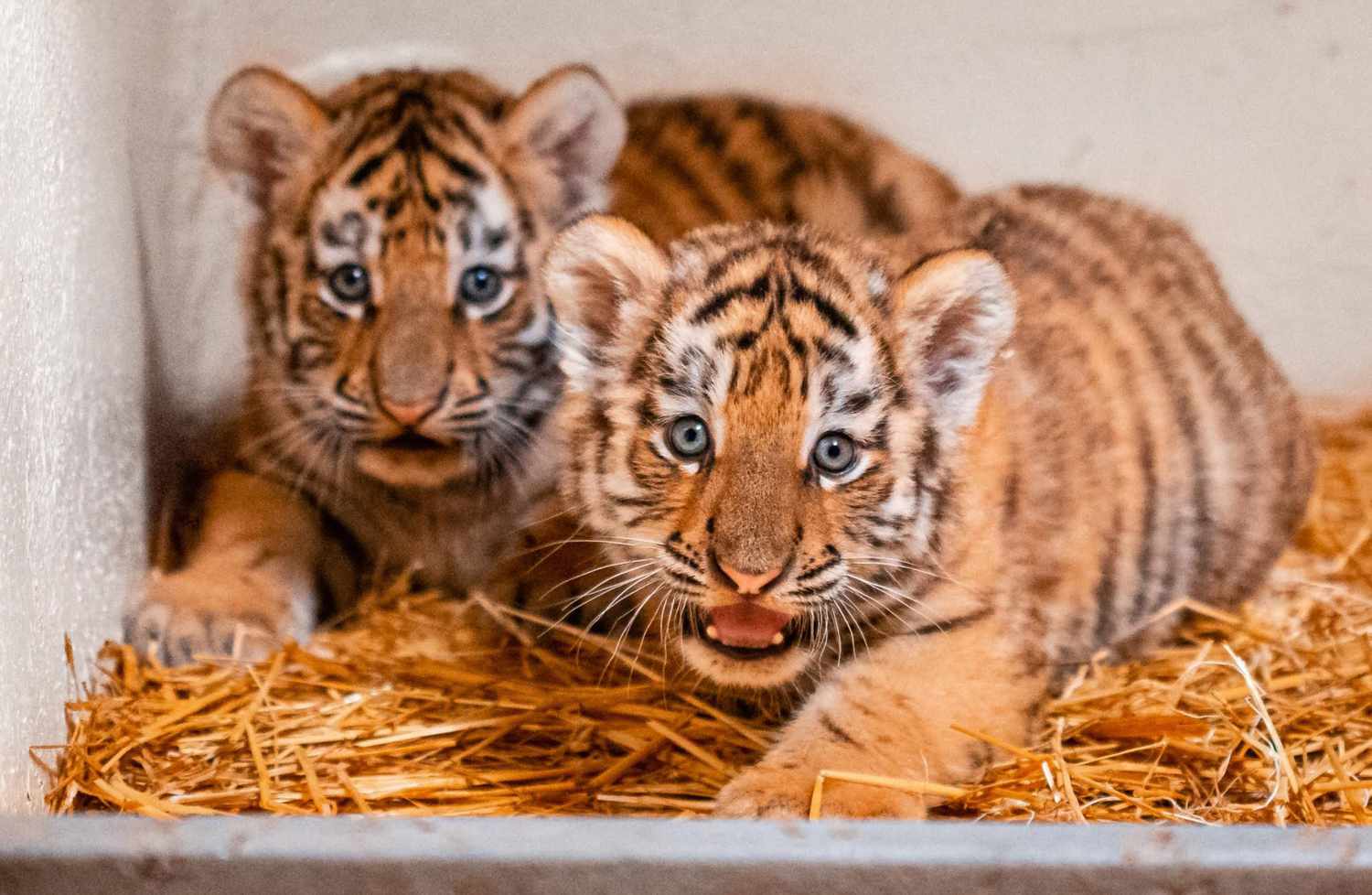Contents
In the dense forests and vibrant jungles of Asia, the baby tiger emerges as one of the most captivating and enchanting creatures in the wild. With their striking stripes, playful antics, and tiny but fierce demeanor, baby tigers capture our hearts and symbolize the raw beauty and power of nature. In this article, we will explore the fascinating world of the baby tiger, delve into their early life stages, and appreciate the unique qualities that make these fierce cubs so enchanting. Get ready to embrace the enchanting majesty of nature’s fierce cub!
The Fascinating World of Baby Tigers

Birth and Early Life
The journey of a baby tiger begins in the safety and seclusion of the tigress’s den. After a gestation period of about 104 to 106 days, the tigress gives birth to a litter of usually two to four cubs. These baby tigers, weighing only around 2 to 3 pounds at birth, are born blind and helpless, relying entirely on their mother for warmth, protection, and nourishment.
For the first few weeks of their lives, baby tigers remain hidden in the den, away from potential predators and dangers. During this critical period, the tigress ensures her cubs are well-fed and safe, nursing them and providing the necessary warmth and care.
Opening Eyes and Taking First Steps
Around the age of two weeks, baby tigers begin to open their eyes and take their first tentative steps. This marks the beginning of their journey of exploration and learning. As they grow stronger, they venture out of the den to explore their surroundings, all under the watchful eyes of their mother.
These early explorations are vital for the development of a baby tiger. Through play and interaction with their siblings, they learn essential survival skills such as stalking, pouncing, and wrestling. These playful activities are not only fun but also crucial for honing their hunting skills and physical strength.
The Unique Qualities of Baby Tigers

Playful and Curious Nature
One of the most endearing qualities of baby tigers is their playful and curious nature. Watching a baby tiger engage in playful antics is a heartwarming sight. They pounce on leaves, chase their tails, and practice their little roars, which are more like adorable squeaks at this stage.
This playful behavior serves an important purpose. It helps baby tigers develop their physical strength, coordination, and social skills. Through play, they learn how to interact with their siblings and their environment, preparing them for the challenges of the wild.
Distinctive Stripes and Physical Features
Baby tigers are born with the distinctive stripes that will stay with them for life. These stripes are unique to each tiger, much like human fingerprints, and play a crucial role in camouflage. The pattern of stripes helps baby tigers blend into their surroundings, making it easier for them to hide from predators and stalk prey as they grow older.
In addition to their stripes, baby tigers have large, curious eyes and oversized paws that they will eventually grow into. These physical features add to their enchanting appearance and hint at the powerful predators they will become.
The Journey to Adulthood

Weaning and Transition to Solid Food
At around three months of age, baby tigers begin the weaning process and start transitioning to solid food. During this period, the tigress will bring back small prey to the den for her cubs to eat. The cubs eagerly join in, practicing their hunting skills by tugging at the carcass and mimicking the adults.
This period of learning and observation is crucial for their development as proficient hunters. The tigress plays a pivotal role in teaching her cubs the necessary skills for hunting and survival.
Growing Independence
As baby tigers continue to grow, their playful antics become more focused and purposeful. By the time they are six months old, they are already showing signs of the majestic creatures they will become. Their roars grow stronger, and they start to take on the physical characteristics of adult tigers.
Around the age of two years, young tigers begin to assert their independence. Male cubs, in particular, face the challenge of leaving their mother and siblings to establish their own territories. This period of separation is crucial for maintaining genetic diversity and reducing competition within the species.
The Challenges Facing Baby Tigers
Predators and Environmental Threats
Despite the care and protection provided by their mother, baby tigers face numerous challenges in the wild. Predators such as leopards and other rival tigers pose a significant threat to their survival. Additionally, environmental factors such as habitat loss, poaching, and human-wildlife conflict further endanger their lives.
Conservation Efforts
Efforts to protect and conserve tiger populations are critical to ensuring the survival of baby tigers. Conservation organizations work tirelessly to combat habitat loss, reduce human-wildlife conflict, and implement anti-poaching measures. By supporting these efforts, we can help preserve the habitats that baby tigers and their families rely on.
The Symbolism and Cultural Significance of Baby Tigers

Symbols of Strength and Courage
Throughout history, tigers have been revered as symbols of strength, courage, and majesty. Baby tigers, with their adorable yet fierce demeanor, embody the potential for greatness and the promise of a powerful future. They remind us of the importance of nurturing and protecting the young to ensure a strong and resilient next generation.
Cultural Representations
Baby tigers have also found their way into various cultural representations, from ancient mythology to modern-day media. They are often depicted in stories, films, and art as embodiments of innocence, playfulness, and the untamed spirit of the wild. These representations serve to inspire and remind us of the beauty and wonder of the natural world.
Conclusion: Embrace the Enchanting Majesty of Baby Tigers
Baby tigers are truly the fierce cubs of the animal kingdom, captivating our hearts with their playful nature and enchanting qualities. From their early days of exploration to their journey towards adulthood, baby tigers embody the promise of strength, courage, and majesty. As we embrace the enchanting majesty of nature’s fierce cub, let us also recognize the importance of conservation efforts to protect these magnificent creatures and their habitats.
By appreciating and supporting the conservation of baby tigers, we ensure that future tvtoto generations can continue to experience the joy and wonder of seeing these incredible animals thrive in the wild. So, let us celebrate the baby tiger and embrace the delightful and majestic presence they bring to our world!



